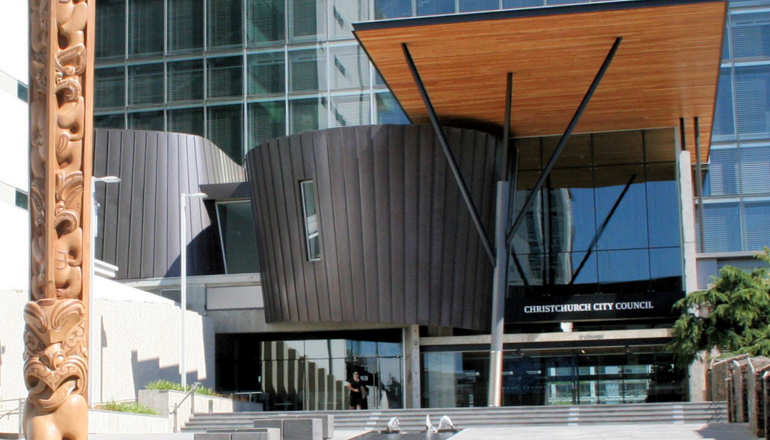Blog Why the economy slow down is accelerating technology cost optimisation
IT Cost optimisation isn’t new. It’s always been important. But over the past few months it’s had a Bunsen burner stuck beneath it bringing it to boiling point.
By Insight Editor / 2 Jun 2020 / Topics: Devices Featured

Over the years, my team and I at Insight have helped many individual clients navigate through many individual moments – moments of hardship and difficulty. But in March, we were overwhelmed when hundreds of customers were all having a combined moment of difficulty. Our natural position was to help out, to serve, but the heavy lean on our business caused us to reach back into the IT ecosystem for support.
Yet, the weight of the problem only amplified the more we brushed through the weeds and pushed deeper into the ecosystem.
Distributors were dealing with thousands of their customers – solution providers and resellers – leaning on them for support. In turn, partners like Microsoft were fielding appeals from millions of organisations, all being adversely affected by the global pandemic.
The technology industry hasn’t been squeezed, and businesses forced to scale back, for well over a decade. A very notable macro-trend also occurred in that decade: Cloud technology and a move away from capital expenditure in favour of operating expenditure for technology investment.
Then, earlier this year, the pandemic came along and caused a rapid deceleration for many businesses. It exposed a situation which hadn’t previously been considered a major financial Achilles heel - just keeping the lights on in business involves a much higher ongoing technology operational cost than in the past.
A decade ago, you owned most of your IT infrastructure – acquired under a CapEx model from a budget allocation one or two financial years prior. There was no substantial ongoing costs nor financial ramifications for how efficiently you utilised your infrastructure. A poorly configured application chewing up terabytes of data in a SQL database wasn’t cause for change – because you already owned the storage and licensing. The growing application footprint didn’t cost you any more or any less.
Flash forward to now – much of our technology infrastructure isn’t owned. We subscribe to it month to month or on an annual basis. There are constant outgoings to keep it operational. How efficiently we utilise resources influences those ongoing costs. Suddenly, that poorly configured application chewing up storage and database resources, has the cost equivalent of leaving a tap running – or worse, a firehose.
Most organisations do, of course, have some sensitivity to this. But, as long as revenue is ticking over the technology infrastructure costs are absorbed, and there’s still a healthy operating margin. Until revenue stops.
When businesses suffered a hit to their revenue almost overnight, there was a scramble to reduce or cut costs. But for many, the ongoing costs to “keep the lights on” from a technology perspective was shocking. Where, in the past, technology wasn’t a massive ongoing operating expense, it was now a standout line item - one that many companies were finding difficult to reign in quickly.
Unless you planned and prepared for it, it’s not easy to repurpose, scale back or switch off resources to stop them racking up costs. That poorly configured app might be critical and can’t simply be turned off.
A company wide discipline
“All organisations attempt to optimise IT costs,” according to Jim McGittigan, research VP at Gartner. “But those that do it best focus on cost optimisation as an ongoing discipline, not as a one-off exercise.”
The outcome of this sudden scrutiny on ongoing technology costs is a renewed focus on cost optimisation.
Indeed, we’re already seeing a ramp-up of CFOs, CIOs and CTOs looking to us to help understand how they can build a better cost optimisation practice. The goal in itself isn’t just to reduce costs. The overarching objective is to be able to better manage the business through a major disruption. You know – like a global pandemic!
Our ongoing Cost Optimisation Workshops continue to deepen the penetration of IT Cost Optimisation knowledge within an organisation. The smartest CTOs recognise they must help teams and roles widely across their organisations understand the IT cost implications of their decisions and behaviours. The result is more conversations across the company that sound like, “if you operate a service this way, it can blow up this cost…design your app that way, and you unnecessarily increase that cost…build that thing on that resource, and you’ll double the cost compared to building it on this resource.”
We conducted an initial cost optimisation workshop with a client last year. At that time, the CTO and two or three senior leaders attended. We repeated the workshop recently with the same organisation. This time around, there were twenty folks on the call. Finance people, product managers, developers, designers, application architects – a widening buy-in of responsibility to optimise the ongoing cost of technology.
IT Cost optimisation isn’t new. It’s always been important. But over the past few months it’s had a Bunsen burner stuck beneath it bringing it to boiling point.
Many significant steps are being taken across the entire technology ecosystem – from clients through to vendors - to make the adoption of IT cost optimisation a standard and sound practice. We all need to work together to ensure proper governance, management, people, processes and tools are in place so organisations can be confident in building and accelerating a modern technology infrastructure. But, with the certainty it won’t cripple them in an unexpected disruption.
But let’s just hope we don’t have one at this scale, ever again.
About the Author:







